Asa Candler: The Mastermind Behind Coca-Cola’s Revolutionary Rise to Global Dominance
In 1886, pharmacist John Pemberton created Coca-Cola as a medicinal syrup, selling just nine glasses a day at Jacob’s Pharmacy in Atlanta. By 1887, the drink remained obscure, overshadowed by countless other tonics in an era when carbonated beverages were still a novelty. Customers were wary of untested products, and Coca-Cola’s future hung in the balance.

Enter Asa Griggs Candler, a shrewd businessman who purchased the company in 1888. Recognizing the need to break through consumer skepticism, Candler faced a monumental challenge: How could he make an unknown drink irresistible?
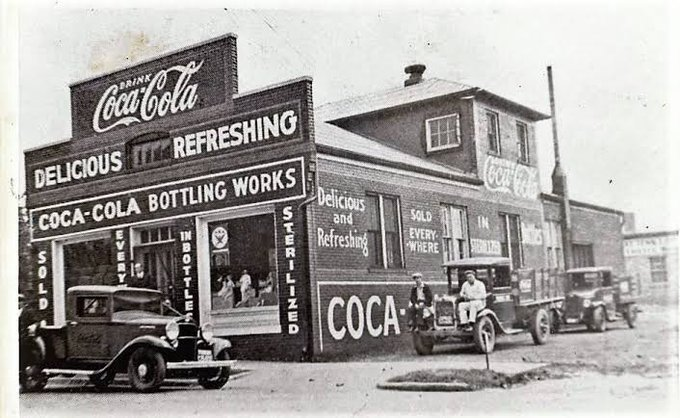
Asa Candler’s Ingenious Solution: The Birth of the Coupon
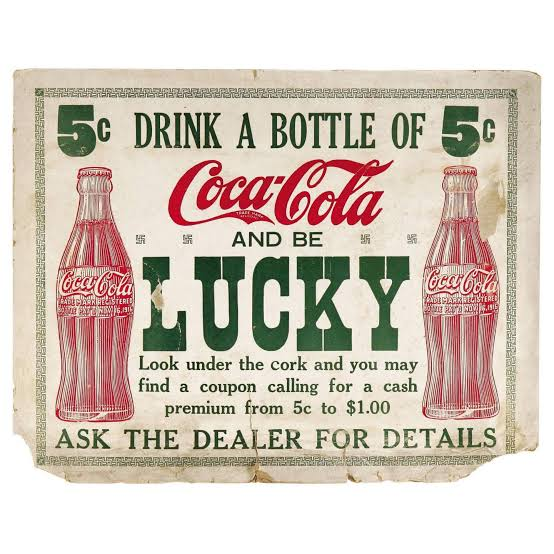
Candler’s answer was bold and unprecedented. He revived an idea first suggested by Pemberton’s bookkeeper, free samples. In 1888, Coca-Cola distributed the world’s first modern coupon, offering complimentary glasses at soda fountains. The message was simple: “Try it on us!”.
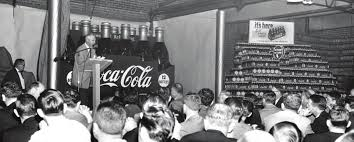
This strategy tapped into a psychological principle: reciprocity. By giving something for free, Candler knew customers would feel compelled to return the favor, either by purchasing the drink or spreading the word. It was a gamble, but one rooted in human behavior.
The Reaction: A Nation Hooked on Free Coke
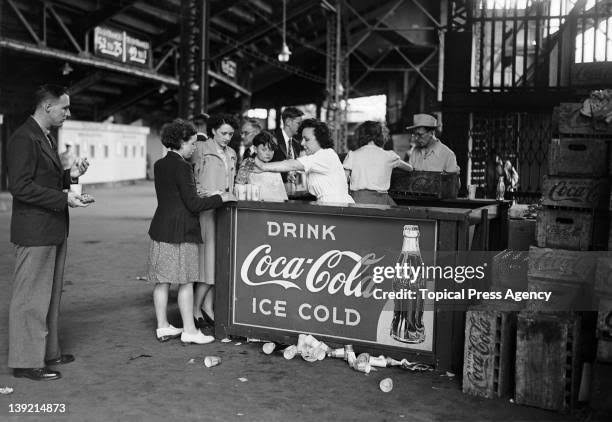
The coupons sparked a frenzy. By 1913, Coca-Cola had redeemed 8.5 million free-drink vouchers, equating to 1 in 9 Americans tasting the beverage at no cost. Soda fountains became social hubs, and each free glass transformed skeptics into loyal fans.

Candler’s campaign did more than boost sales, it created cultural momentum. Word-of-mouth turned Coca-Cola into a shared experience, embedding it into daily routines. The drink was no longer a curiosity; it was a habit.
The Legacy: From Local Experiment to Global Empire
Candler’s coupon strategy laid the foundation for Coca-Cola’s meteoric rise. By 1919, the company was listed on the New York Stock Exchange. Today, Coca-Cola operates in 200+ countries, employs over 700,000 people, and holds a 46% share of the U.S. carbonated soft drink market. Its annual revenue surpasses $46 billion.
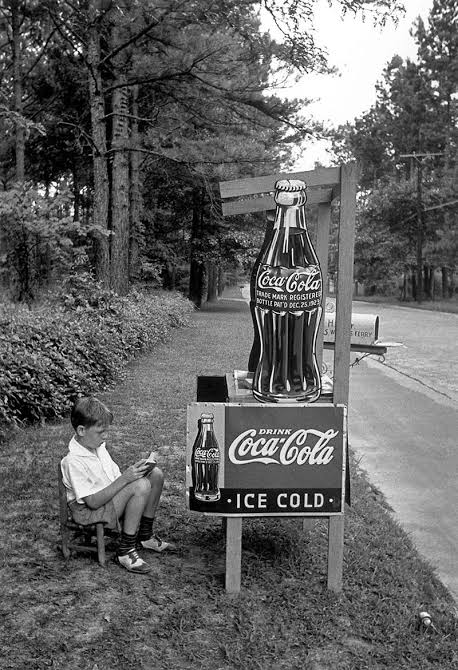
Candler’s vision extended beyond free samples. He pioneered aggressive advertising, spending $11,000 (over $350,000 today) on marketing by 1895. His focus on branding, such as the iconic Spencerian script logo, cemented Coca-Cola’s identity as a refreshing staple, not a medicinal tonic.
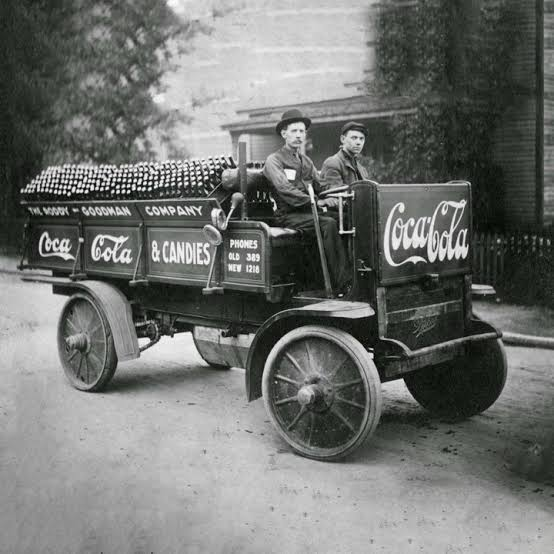
Modern Echoes of Candler’s Strategy
Candler’s philosophy of “try it, love it, share it” still drives Coca-Cola’s marketing. The “Share a Coke” campaign (2011), which personalized bottles with names, mirrored his belief in creating emotional connections. Similarly, Coca-Cola’s WWII pledge to supply soldiers with 5-cent bottles, a move that seeded global demand, echoes Candler’s wartime-like urgency to win hearts.

Even sustainability efforts, like 100% recycled plastic bottles, reflect his innovative spirit, proving that bold moves can align with evolving values.
The Power of a Single Idea
Asa Candler’s coupon campaign was more than a marketing tactic, it was a revolution in trust-building. By removing risk for consumers, he transformed hesitation into loyalty, laying the groundwork for a brand that defines globalization.
His lesson endures: Sometimes, the simplest gestures, like a free glass of Coke, can ripple through history, turning skepticism into legacy.